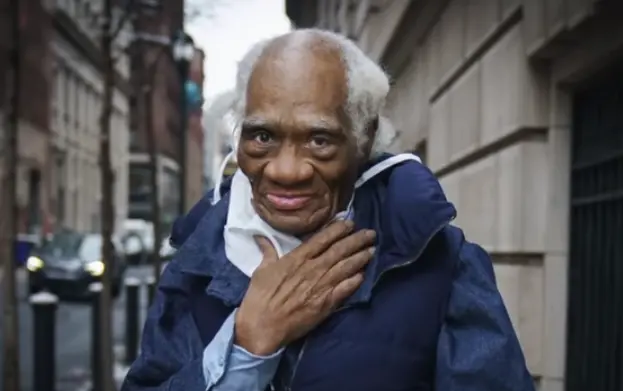The Australian federal government is poised to sign a memorandum of understanding (MoU) that will enable Australia to participate as a founding member of the Asian Infrastructure Investment Bank (AIIB), Trade Minister Andrew Robb said on Monday.
Dr Jiri Cervenka and PhD candidate Nikolai Dontschuk, from the University of Melbourne, have discovered that graphene, a two- dimensional form of carbon just one atom thick, would improve the speed, reliability and accuracy of DNA sequencing.
Graphene was first discovered back in 2004, but this is one of the first successful discoveries of practical, medical use of the material.
Graphene is a by-product of graphite, the substance used in lead pencils. When drawing with a pencil, pieces of graphite cling to paper, sometimes leaving a layer that is just one atom thick, which is graphene.
DNA sequencing is currently used by doctors and scientists for medical diagnostics, forensic biology, virology and medical and biological research.
Each DNA sequence of a gene is made up of four unique nucleobases (cytosine, guanine, adenine and thymine), and Dontcschuk said that graphene, which is hexagonally arranged and shaped like chicken wire, can recognize the nucleobases, meaning DNA sequencing would be made faster and more effective.
"When used in conjunction with a nanopore (a tiny hole), a single DNA molecule would pass through the graphene-based electrical sensor -- like a single string of beads passing through one section of tiny chicken wire-enabling real-time, high- throughput sequencing of a single DNA molecule," Dontcschuk said.
"We found that each nucleobase influenced the electronic structure of graphene in a measurably different way," he added.
If explored and developed further, the research could dramatically lower the cost of DNA sequencing, and also cut the time waiting for results, as graphene offers real-time analysis of the nucleobases.
 简体中文
简体中文

